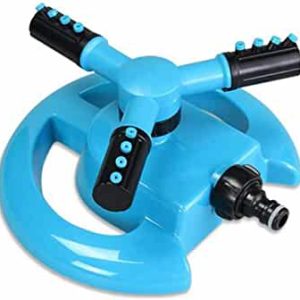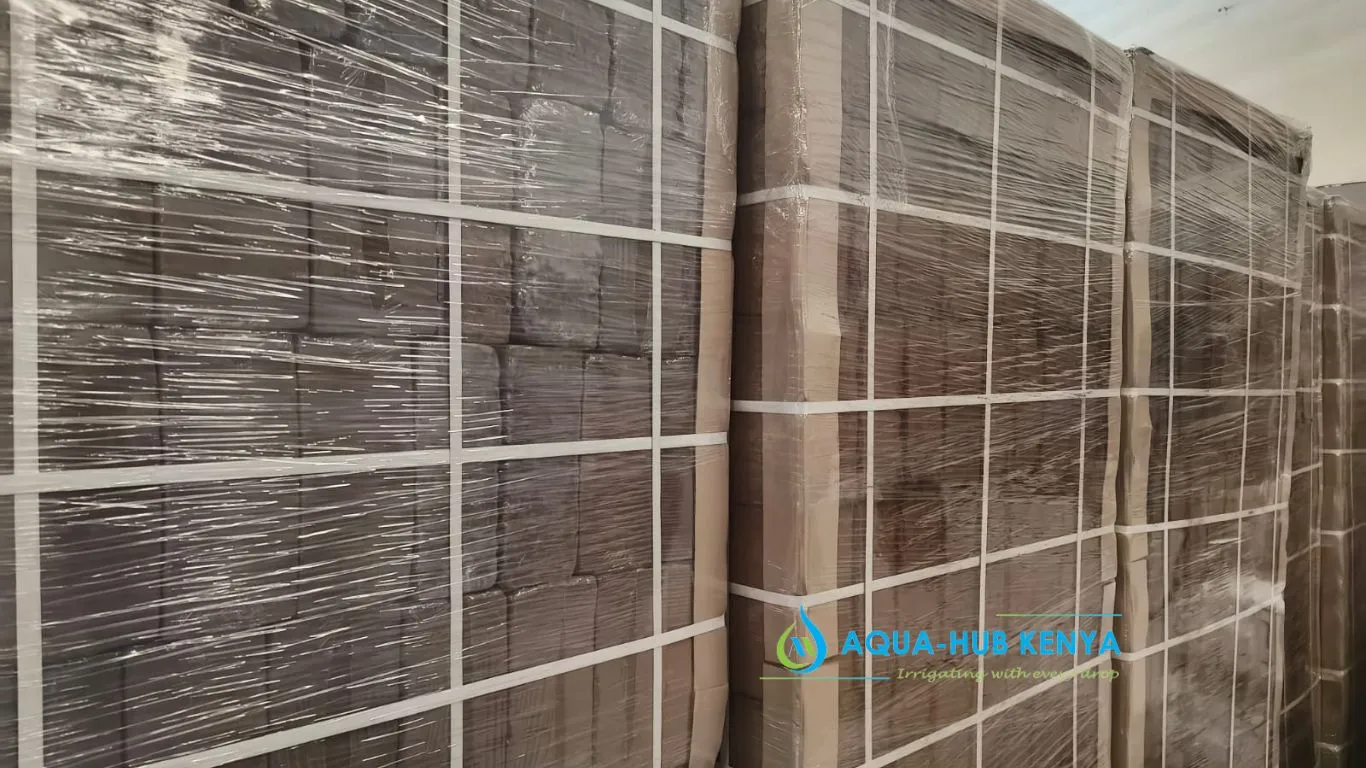There are several Steps to install Drip Irrigation on your farm. Farmers can use our instructions to install drip irrigation systems as a reference. Understanding how to set up a drip irrigation system is helpful for system administration. The irrigation system will run effectively if these procedures are followed. Your yard may be watered effectively and conveniently using drip irrigation. It decreases the quantity of water you need to use by supplying the water straight to the roots of your plants.
What are the steps to install drip irrigation?
Plan and design the system:
- Determine the type and location of plants that you want to water.
- Identify the water source and ensure it has adequate water pressure and flow.
- Choose the right components, including tubing, emitters, filters, backflow prevention device, and control valves.
- Draw a layout plan, indicating the placement of the plants, tubing, and components.
Purchase the necessary components:
- Choose high-quality components, compatible with your water source, and that meet your irrigation needs.
- Purchase enough tubing and emitters for the entire system, plus some extra for future expansion or repair.
Prepare the installation site:
- Determine the best location for the main water supply line and backflow prevention device.
- Dig trenches for the tubing, making sure they are deep enough to protect the tubing from damage.
- Lay out the tubing according to the plan, securing it in place with stakes or weights.
Install the main water supply line and backflow prevention device:
- Connect the water supply line to the backflow prevention device, following manufacturer instructions.
- Install the backflow prevention device at a high point in the system. This is to prevent water from flowing back into the water supply.
Install the tubing, emitters, and control valves:
- Connect the tubing to the main water supply line, making sure the connections are tight and leak-free.
- Install the emitters at the base of each plant, according to the desired flow rate and frequency of watering.
- Install control valves at strategic points in the system to regulate the flow of water to different sections.
Pressure test the system:
- Fill the system with water and check for leaks at all connections and emitters.
- Correct any leaks and re-test the system until it is leak-free.
Adjust and fine-tune the system:
- Adjust the flow rate and frequency of watering to match the needs of each type of plant.
- Test the system periodically to ensure that it is functioning properly and delivering water evenly.
Maintain the system:
- Regularly clean the filters to prevent clogging and ensure proper water flow.
- Check the system periodically for leaks, cracks, and other damage.
- Repair any damage as soon as you detect it to prevent water waste and protect the plants.
Factors to consider when installing drip irrigation
Here are some important factors to consider when installing a drip irrigation system:
- Type and location of plants: Different plants have different water needs. And the placement of the plants will determine the layout of the tubing and emitters.
- Water source: The water source must have adequate pressure and flow to meet the needs of the system.
- Water quality: The water quality will affect the performance and longevity of the system components. So it’s important to choose components that are compatible with the water source.
- Climate and weather conditions: The system must accommodate extreme temperatures and weather conditions. Such as freezing temperatures, high winds, and heavy rainfall.
- Soil type and composition: The soil type and composition will affect the absorption and distribution of water, so it’s important to choose the right emitter flow rate and spacing.
- System components: Choose high-quality components that are compatible with each other and with your water source, and that meet your irrigation needs.
- System layout: Plan the layout of the tubing and emitters, making sure to also provide adequate coverage for each type of plant.
- Water conservation: Consider ways to conserve water, such as using drought-tolerant plants, adjusting the flow rate and frequency of watering, and using a rain sensor to shut off the system during rainfall.
By considering these factors, you can design and install a drip irrigation system that will meet the needs of your plants and conserve water, while providing efficient and effective irrigation.
Challenges facing installation of drip irrigation
Here are some common challenges faced during the installation of a drip irrigation system:
- Water source: Inadequate water pressure and flow from the water source can affect the performance and efficiency of the system.
- System design: Improper design can result in water waste, uneven watering, and inadequate coverage for the plants.
- Climate and weather conditions: Extreme temperatures and weather conditions, such as freezing temperatures, high winds, and heavy rainfall, can also damage the system components and disrupt the performance of the system.
- Soil type and composition: The soil type and composition can affect the absorption and distribution of water, making it difficult to choose the right emitter flow rate and spacing.
- Clogging: Clogging of filters can reduce the flow of water to the plants, leading to poor performance and water waste.
- Leaks and damage: Leaks and damage to the tubing and emitters can result in water waste and inadequate watering of the plants.
- Maintenance: Regular maintenance is required to keep the system functioning properly, including cleaning filters, checking for leaks and damage, and adjusting the flow rate and frequency of watering.
- Cost: Installing a drip irrigation system can be expensive, especially for large systems or systems with complex designs.
By anticipating and addressing these challenges, you can also ensure that the installation of your drip irrigation system is successful and provides efficient and effective irrigation for your plants.
The best tips for the installation of drip irrigation
- Plan ahead: Careful planning and design of the system are essential to ensure efficient and effective irrigation of your plants.
- Use high-quality components: Choose components that are compatible with each other and with your water source, and that meet your irrigation needs.
- Follow the manufacturer’s instructions: Carefully follow the instructions provided by the manufacturer to ensure proper installation and performance of the system.
- Consider the climate and weather conditions: The system must accommodate extreme temperatures and weather conditions, such as freezing temperatures, high winds, and heavy rainfall.
- Choose the right flow rate and spacing: The flow rate and spacing of the emitters must be chosen to match the soil type, composition, and water needs of the plants.
- Test the system: After installation, test the system to ensure that it is working properly and that the flow rate and frequency of watering are adequate.
- Regular maintenance: Regular maintenance is essential to keep the system functioning properly, including cleaning filters, checking for leaks and damage, and adjusting the flow rate and frequency of watering.
- Consider water conservation: Consider ways to conserve water, such as using drought-tolerant plants, adjusting the flow rate and frequency of watering, and using a rain sensor to shut off the system during rainfall.
What are the components of drip irrigation?
- Water source: This is where the water for the system is obtained, such as a well, pond, or municipal water supply.
- Mainline tubing: This is the primary tubing that carries water from the water source to the drip tubing.
- Drip tubing: This is the smaller tubing that carries water from the main line tubing to the emitters.
- Emitters: These are small devices that release water from the drip tubing to the plants.
- Filters: These devices remove any debris from the water before it reaches the emitters, to prevent clogging.
- Pressure regulator: This device regulates the water pressure to ensure consistent flow and performance of the system.
- Backflow preventer: This device prevents contaminated water from flowing back into the water source.
- Timer: This device also controls the start and stop times of the system, as well as the frequency and duration of watering.
- Fittings: These are connectors that join the different components of the system together.
- End caps: These close the ends of the tubing and prevent water from leaking out.




